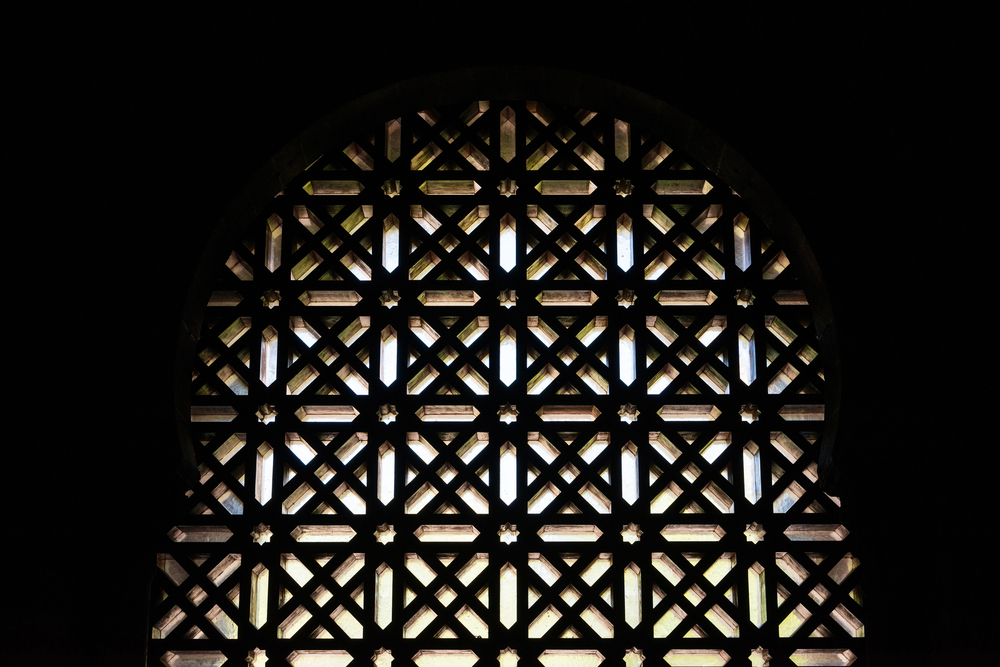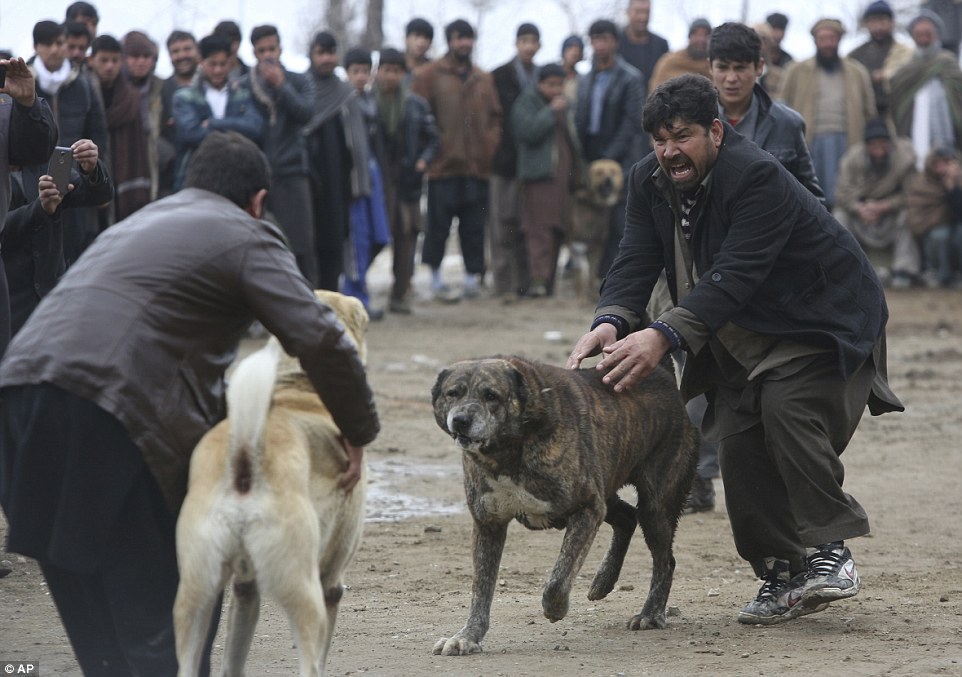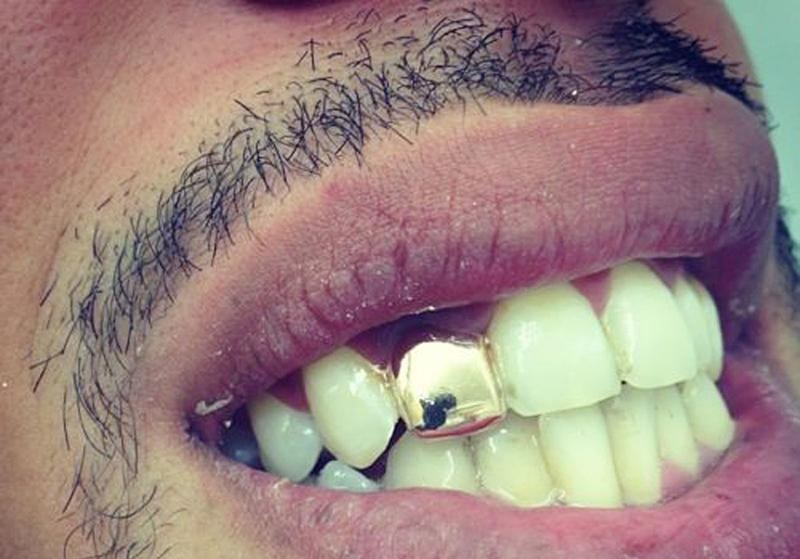QUESTION:
What do the Muftīs of the Sharī’ah say concerning this matter that nowadays there are many different hair-styles in fashion amongst the youth in England. Is this permissible? For example, to completely shave part of the hair of the head and leave other parts or to trim the hair on the sides of the head and leave the hair in the middle of the head long. Are all of these styles permitted? What is the Islamic method of cutting hair?
Questioner: A brother from UK
ANSWER:
بسم اللہ الرحمن الرحیم
الجواب بعون الملک الوھاب اللھم ھدایۃ الحق والصواب
To shave different areas of the head hair, for example to shave the hair of the centre of the head and leave the sides long or to shave the sides or to shave all the surrounding hair and leave a tuft of hair at the back of the head, is known as Qaza’ in Arabic and this is forbidden and opposes the Sunnah. This has been prohibited in Hadīth,
“عَنِ ابْنِ عُمَرَ أَنَّ رَسُولَ اللَّهِ صلى الله عليه وسلم نَهَى عَنِ الْقَزَعِ. قَالَ قُلْتُ لِنَافِعٍ وَمَا الْقَزَعُ قَالَ يُحْلَقُ بَعْضُ رَأْسِ الصَّبِىِّ وَيُتْرَكُ بَعْضٌ”
“Sayyidunā ibn ‘Umar, may Allāh be pleased with both of them, narrates that the Prophet, may the peace and blessings of Allāh be upon him, prohibited Qaza’. One of the narrators says, ‘I asked Nāfi’ what is Qaza’?’ He replied, ‘To shave part of the hair of the head of a child and leave a part.’”
[Sahīh Muslim, Hadīth no. 5681]
In the commentary of this Hadīth, it is mentioned in Ashi’at al-Lam’āt that Qaza’ is to shave the hair of the head in different places even though outwardly the expression that has come in the explanation of Qaza’ is absolute but all the commentators have clearly mentioned this condition (that different areas of the head be shaved) and in the Fiqhī narrations it has also been mentioned in this way.
[Ashi’at al-Lam’āt, vol. 3, p.g. 571]
In al-Fatāwā al-Hindiyyah it is stated,
“یکرہ القزع وھو ان یحلق البعض فیترک البعض قطعا مقدار ثلثۃ اصابع”
“Qaza’ is makrūh (disliked) and it is the shaving of part [of the hair] such that another part is left the amount of 3 fingers.”
[al-Fatāwā al-Hindiyyah, vol. 5, pg. 357]
My master A’lā Hazrat the Imām of the Ahl al-Sunnah Imām Ahmad Ridā Khān, may Allāh shower him with mercy, mentions in al-Fatāwā al-Ridawiyyah that only two manners of head hair have been mentioned in the sacred Sharī’ah. One is that hair should be kept all over the head and a parting should be made. This is a specific Sunnah of the Master of the Messengers, may the peace and blessings of Allāh be upon him. Apart from the occasion of Hajj and for the need of performing Hijāmah (cupping), shaving the hair of the head is not established from the Noble Prophet, may the peace and blessings of Allāh be upon him. The Holy Prophet, may the peace and blessings of Allāh be upon him, was in Madīnah for ten years and he only shaved the hair of his head three times; the year of Hudaybiyah, the ‘Umrah of Qadā’ and the Farewell Hajj (according to that which Mullā ‘Alī al-Qārī relates in Jam’ al-Wasā’il from some of the commentators of al-Masābīh).
[Jam’ al-Wasā’il fī Sharh al-Masā’il, vol. 1, pg. 82]
Secondly, shaving all the hair of the head was the habit of Sayyidunā ‘Alī, may Allāh increase his nobility even further, who would shave it all, fearing that any hair might be left unwashed in ghusl.
Apart from these [two], all other ways are in contradiction to the Sunnah. These new modern styles, leaving a finger width of hair and to cut them when they grow beyond that, or to leave the hair at the front to grow and cut the hair from the back. Or to open the hair from the centre of the head to the forehead, or to shave the hair of the back crown of the head, to make a line of hair from the forehead to the back of the head, or to extend wide sideburns and make them hang on the cheeks or to blend them in with the beard, whether the rest of the head hair is shaved or not. These matters apart from opposing the Sunnah and being contrary to the manner of the righteous Muslims are mostly the invention of the disbelievers whose resemblance Muslims should save themselves from.
In Radd al-Muhtār it is stated,
“في الروضة للزندویسی ان السنة في شعر الراس اماالفرق أَوْ الْحَلْقُ“
“In al-Rawdah of Zandawaysī it is stated that the Sunnah concerning the hair of the head is either to grow it and part it or to shave it completely.”
[Radd al-Muhtār, vol. 5, p.g. 261]
In this same Fatwā A’lā Hazrat has mentioned that Qaza’ is prohibited.
[al-Fatāwā al-Ridawiyyah, vol. 22 pg. 576]
واللہ تعالی اعلم ورسولہ اعلم صلی اللہ علیہ وآلہ وسلم
کتبہ ابو الحسن محمد قاسم ضیاء قادری
Answered by Mufti Qasim Zia al-Qadri
Translated by Mawlana Ibrar Shafi
Read the original Urdu answer here – [Q-ID0224] Are hair-styles of today allowed in Islam
[Q-ID0228] What is the Islamic ruling on taking out a Life Insurance policy in the UK?
[Q-ID0240] Is white wine vinegar or spirit vinegar Haram?
[Q-ID0247] Can a woman work in a place where non-Mahram men are present?
[Q-ID0251] Is Coca-Cola halal or haram?
[Q-ID0259] Buying ‘halal’ meat without investigating where and from whom it has come
[Q-ID0260] Is it permissible to take out a mortgage in England?





































































